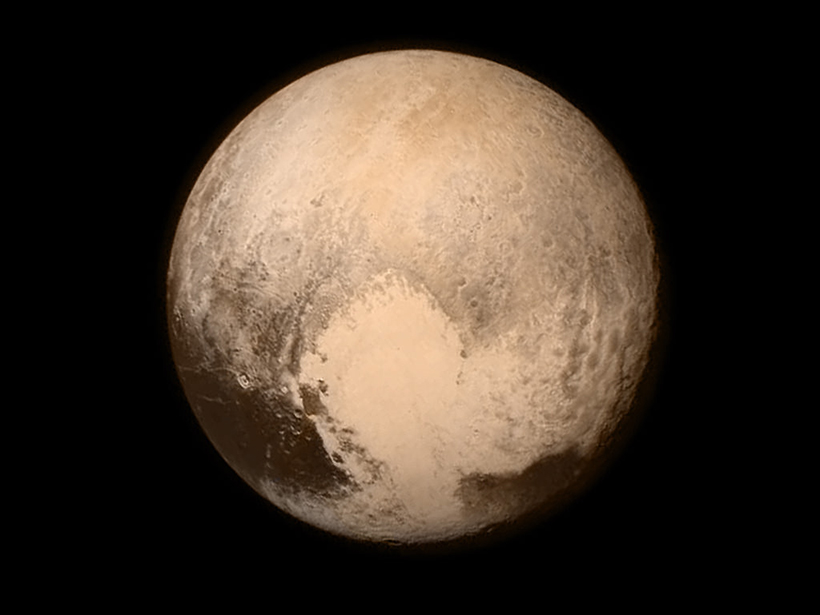It's been 10 years since Pluto was reclassified as a dwarf planet. But no matter the label, it and its dwarf planet cousins continue to stun researchers with their complexity.
Kuiper Belt
New-Found Dwarf Planet Points to Solar System's Chaotic Past
Astronomers have discovered an icy ball in the dark and frigid regions of the outer solar system, which they suspect harbors secrets to the solar system's formation and evolution.
Comet with Stunted Tail Hints at How Solar System Formed
Finding out whether just a few or many of this newfound type of rocky object roam deep space should help scientists sort among contrasting scenarios of the solar system's infancy.
Proposed Planet Nine Elicits Cheers, Yawns, Hunt for Proof
Evidence of a large, unseen planet at the solar system's margins prompted a flurry of scientific paper downloads, as well as oodles of skepticism. There's no sighting yet of the purported body.
World Without Time
On New Year's Day 2019, a spacecraft known for its historic flyby of Pluto will take an unprecedented look into the distant past by flying right up to a frozen remnant of the original solar system.
The Dwarf Planet That Came in from the Cold—Maybe
The presence of ammonia-rich clay on much of the surface of Ceres suggests that this dwarf planet—the largest object in the asteroid belt—may have formed far out in the solar system, then wandered in.






